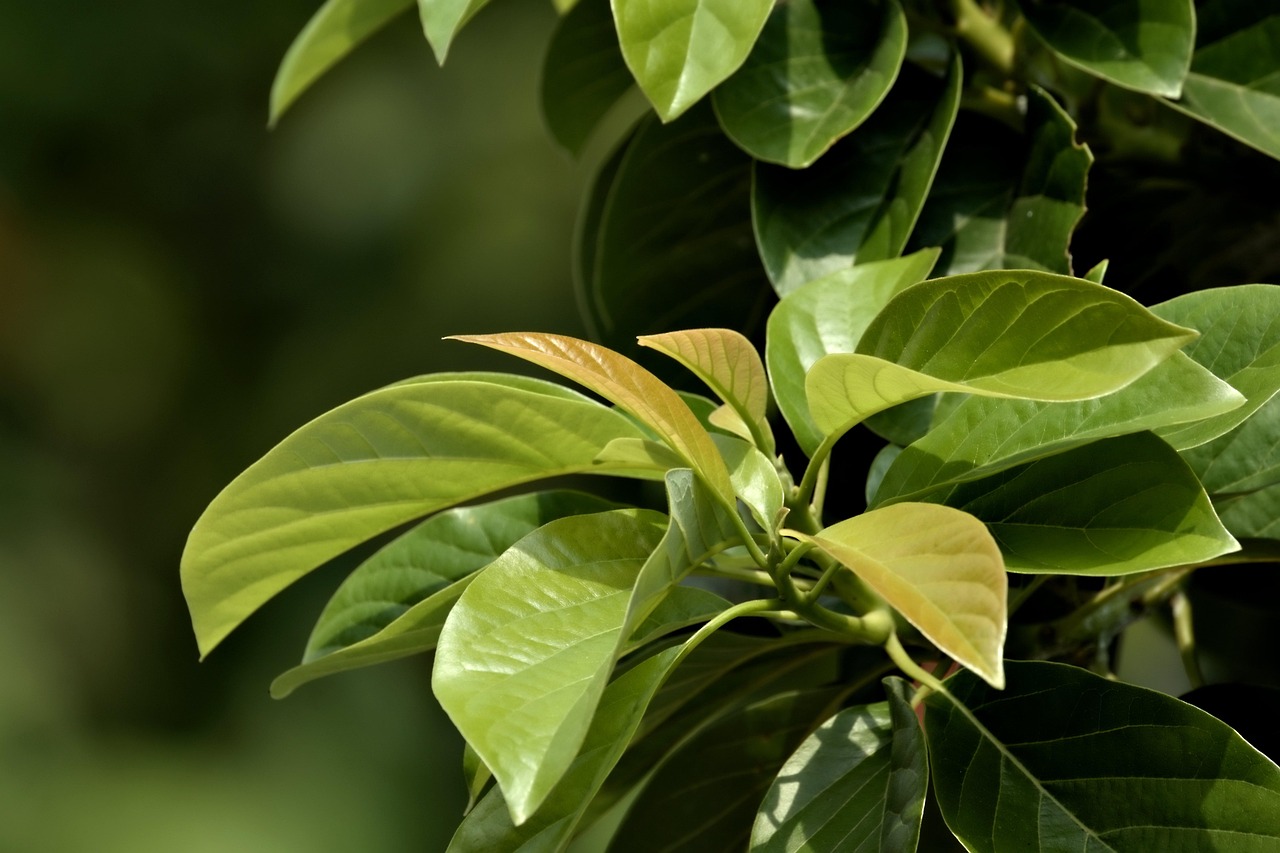The zero growth chart refers to a classification of trees that exhibit minimal growth rates. These trees are often selected for specific landscapes or environments where slow growth is desirable, such as in urban settings or small gardens.
Understanding Trees with Minimal Growth Rates
Trees play a crucial role in our ecosystems. They provide shade, improve air quality, and enhance the beauty of our surroundings. However, not all trees grow at the same rate. Some species exhibit minimal growth over time, making them ideal for certain landscapes or gardening scenarios. This article explores the concept of a zero growth chart, which categorizes trees based on their slow growth rates.

When considering trees for your landscape, it is essential to understand the growth patterns of various species. Slow-growing trees often require less maintenance and can adapt better to specific conditions. For example, they may be less susceptible to diseases that affect faster-growing varieties. Moreover, their slower growth allows for more manageable pruning and shaping.
The reasons for selecting slow-growing trees can vary. Some homeowners and landscape designers prefer them for aesthetic purposes, while others may seek trees that fit into limited spaces without overwhelming the surrounding area. Additionally, slow-growing trees often have a longer lifespan, which can be appealing for those looking to invest in long-term landscaping solutions.
There are several factors that contribute to a tree’s growth rate. These include species characteristics, environmental conditions, soil quality, and water availability. Trees that thrive in poor soil or harsh conditions may grow more slowly than those in fertile environments. Understanding these factors is crucial for selecting the right tree for your landscape needs.

Popular Trees with Minimal Growth Rates
Below is a list of some popular tree species known for their minimal growth rates:
- Japanese Maple (Acer palmatum)
- Dwarf Alberta Spruce (Picea glauca ‘Conica’)
- Redbud (Cercis canadensis)
- Serviceberry (Amelanchier spp.)
- Eastern Hemlock (Tsuga canadensis)
These species are often chosen for their unique characteristics and manageable sizes. For instance, the Japanese Maple is celebrated for its stunning foliage and graceful form. It typically grows slowly, making it an excellent choice for smaller gardens or as a focal point in landscaping designs.
| Tree Species | Average Height | Growth Rate | Optimal Conditions |
|---|---|---|---|
| Japanese Maple | 10-25 ft | Slow | Partial shade, well-drained soil |
| Dwarf Alberta Spruce | 5-10 ft | Very Slow | Full sun, well-drained soil |
| Redbud | 20-30 ft | Moderate to Slow | Full sun to partial shade |
| Serviceberry | 15-25 ft | Slow | Full sun, well-drained soil |
| Eastern Hemlock | 40-70 ft | Slow to Moderate | Partial shade, moist soils |
Selecting trees with minimal growth rates can help create a balanced and aesthetically pleasing landscape. Each tree species has its unique requirements and characteristics, so it’s essential to research and consider these factors before planting.

In addition to aesthetic considerations, slow-growing trees can also be beneficial for wildlife habitats. They often provide shelter and food for various birds and insects due to their longer lifespans and stable structures. This ecological benefit adds another layer of value to incorporating these trees into your landscape design.
The zero growth chart serves as a practical tool for gardeners and landscapers alike. By understanding which trees grow slowly, individuals can make informed decisions that align with their landscaping goals and environmental conditions. Whether you are looking to create a serene garden or a vibrant urban space, slow-growing trees can enhance your surroundings while requiring less maintenance over time.
Benefits of Slow-Growing Trees
Slow-growing trees offer a variety of advantages that make them appealing for both residential and commercial landscaping. Understanding these benefits can help you appreciate the role these trees play in your environment. Below are some key advantages of incorporating slow-growing trees into your landscape design.
Less Maintenance
One of the most significant benefits of slow-growing trees is their lower maintenance requirements. Because they grow at a slower rate, they typically need less frequent pruning and shaping. This characteristic can save time and effort for homeowners and landscapers alike.

Space Conservation
Slow-growing trees are ideal for smaller yards or urban settings where space is limited. Their minimal growth ensures that they do not overcrowd neighboring plants or structures. This makes it easier to create visually appealing landscapes without the worry of a tree becoming too large.
Longer Lifespan
Many slow-growing trees have a longer lifespan compared to their fast-growing counterparts. This longevity means that once planted, they can provide beauty and benefits for decades, making them a wise investment in terms of time and resources.
Environmental Impact
Slow-growing trees often contribute positively to their ecosystems. They can improve air quality, provide shade, and support local wildlife. Additionally, their slower growth allows for the development of a more extensive root system, which can enhance soil stability and reduce erosion.
Factors Influencing Tree Growth Rates
The growth rate of trees can be influenced by several factors, each playing a crucial role in determining how quickly or slowly a tree develops. Understanding these factors will help you make informed decisions when selecting trees for your landscape.
- Soil Quality: The nutrient content and texture of the soil significantly affect tree growth. Well-drained, nutrient-rich soil promotes healthy growth, while poor soil can stunt development.
- Water Availability: Trees require adequate water for photosynthesis and nutrient uptake. Insufficient water can slow growth rates considerably.
- Sunlight Exposure: Different tree species have varying light requirements. Some thrive in full sun, while others prefer partial shade. Insufficient sunlight can hinder growth.
- Temperature: Climate plays a vital role in tree growth. Extreme temperatures, whether hot or cold, can impact the overall health and growth rate of trees.
- Pests and Diseases: Infestations or infections can severely affect a tree’s health. Slow-growing trees may take longer to recover from such issues.
Choosing the Right Tree for Your Environment
Selecting the right slow-growing tree involves considering your specific environmental conditions and personal preferences. Below are some tips to guide you through the selection process:
- Evaluate Your Space: Measure the available area for planting to ensure that the chosen tree will fit comfortably, allowing for future growth.
- Research Tree Species: Investigate various slow-growing species to find one that suits your aesthetic preferences and environmental conditions.
- Consider Wildlife Needs: Think about how the tree will support local wildlife. Trees that produce berries or flowers may attract birds and beneficial insects.
- Consult with Experts: If in doubt, seek advice from local arborists or landscape professionals who can provide insights tailored to your region.
Common Misconceptions About Slow-Growing Trees
Many people have misconceptions about slow-growing trees that may deter them from considering these species. Here are a few common myths debunked:
- Myth 1: Slow-growing trees are unhealthy or weak. This is untrue; many slow-growing species are robust and resilient.
- Myth 2: They do not provide enough shade or benefits. Even slow-growing trees can eventually offer ample shade and contribute positively to the environment.
- Myth 3: Slow-growing trees take too long to establish. While establishment may take longer, the longevity and stability they provide often make them worth the wait.
Understanding these misconceptions can help you make more informed choices when considering slow-growing trees for your landscape. The right selection will not only enhance your outdoor space but also contribute positively to the environment over time.
Conclusion
The selection of slow-growing trees is not just about aesthetics; it encompasses various ecological benefits that contribute to a healthier environment. By choosing wisely and understanding the needs of these trees, you can create a sustainable landscape that thrives for years to come.
Planting and Caring for Slow-Growing Trees
Planting slow-growing trees requires careful consideration to ensure their successful establishment and long-term health. Understanding the specific needs of these trees will help you provide the right care and conditions. This section will outline best practices for planting and caring for slow-growing trees.
Choosing the Right Time to Plant
The timing of planting is crucial for the success of slow-growing trees. Generally, the best times to plant are:
- Spring: This is often considered the optimal time, as the soil is warming up, and new growth begins.
- Fall: Planting in early fall allows trees to establish roots before winter dormancy sets in. However, avoid planting too late to prevent frost damage.
It is essential to avoid planting during extreme weather conditions, such as heatwaves or heavy rainfall, which can stress the young tree.
Site Selection and Preparation
Choosing the right location is vital for the growth of slow-growing trees. Here are some considerations to keep in mind:
- Sunlight: Ensure that the selected area receives adequate sunlight based on the tree species’ requirements. Most slow-growing trees thrive in partial to full sun.
- Soil Type: Conduct a soil test to assess pH and nutrient levels. Amend the soil as necessary to create a suitable environment for growth.
- Drainage: Good drainage is essential. Avoid areas prone to standing water, as excessive moisture can lead to root rot.
Planting Techniques
Proper planting techniques are crucial for the healthy establishment of slow-growing trees. Follow these steps when planting:
- Digging the Hole: Dig a hole that is twice as wide as the root ball but no deeper than the root ball itself. This allows for lateral root growth.
- Positioning the Tree: Place the tree in the center of the hole, ensuring that the top of the root ball is level with or slightly above the surrounding soil.
- Backfilling: Fill the hole with a mixture of native soil and compost, gently packing it down to eliminate air pockets.
- Watering: Water thoroughly after planting to help settle the soil and remove any remaining air pockets. Maintain consistent moisture during the establishment phase.
Ongoing Care and Maintenance
Caring for slow-growing trees involves regular monitoring and maintenance. Here are some key aspects to focus on:
Watering
Establishing a consistent watering schedule is essential for young trees. During the first two years, provide deep watering once a week, especially during dry spells. As the tree matures, its watering needs may decrease, but it is still important to monitor moisture levels.
Fertilizing
A balanced fertilizer can promote healthy growth, especially in nutrient-poor soils. Apply fertilizer in early spring and follow the manufacturer’s guidelines regarding application rates. Avoid over-fertilizing, as this can damage roots and lead to excessive foliage growth at the expense of root development.
Pruning
Pruning is an essential part of maintaining slow-growing trees. Follow these guidelines:
- Timing: The best time to prune is during late winter or early spring before new growth begins.
- Cuts: Focus on removing dead or diseased branches, as well as any crossing or rubbing limbs that may hinder proper airflow.
- Shaping: Lightly shape the tree to encourage a strong structure without excessive cutting, which can stress the tree.
Pest and Disease Management
Slow-growing trees can be susceptible to various pests and diseases. Regular monitoring is crucial for early detection. Here are some common issues to watch for:
- Aphids: These small insects suck sap from leaves, leading to stunted growth. Use insecticidal soap or neem oil to control infestations.
- Powdery Mildew: This fungal disease appears as a white powdery substance on leaves. Improve air circulation and remove affected leaves to manage outbreaks.
- Root Rot: Caused by poor drainage, root rot can severely impact tree health. Ensure proper soil drainage and avoid overwatering.
Implementing integrated pest management strategies can help keep your slow-growing trees healthy while minimizing chemical use.
Creating a Supportive Environment
A supportive environment enhances the health and growth of slow-growing trees. Consider adding mulch around the base of the tree to retain moisture, suppress weeds, and regulate soil temperature. Organic mulch, such as wood chips or shredded leaves, provides additional nutrients as it breaks down.
Caring for slow-growing trees may take time and effort, but their lasting beauty and ecological benefits make them a worthwhile addition to any landscape.
Additional Considerations for Planting Slow-Growing Trees
When selecting and planting slow-growing trees, there are additional considerations that can enhance their overall success in your landscape. These factors can influence not just the immediate environment but also the long-term viability of the trees.
Companion Planting
Companion planting involves strategically placing different plant species together to improve growth, deter pests, and promote ecological balance. When selecting companion plants for slow-growing trees, consider:
- Herbaceous Perennials: Plants like lavender or echinacea can thrive and attract beneficial insects while providing a colorful display.
- Ground Covers: Low-growing plants such as creeping thyme or clover can help suppress weeds, retain soil moisture, and enrich the soil as they decompose.
- Nitrogen-Fixing Plants: Species like clover or certain types of beans can improve soil fertility, benefiting nearby trees.
Seasonal Care Practices
Seasonal care practices play a significant role in maintaining the health of slow-growing trees. Incorporating specific tasks throughout the year ensures optimal growth and resilience:
- Spring: Inspect for any winter damage, apply organic fertilizer, and water deeply to encourage robust growth as the tree awakens.
- Summer: Monitor water levels closely during dry spells, and ensure mulch is in place to help retain moisture. Prune if necessary to encourage air circulation.
- Fall: Fertilize again if needed and prepare trees for winter by checking for pests and diseases. Clean up fallen leaves to prevent disease spread.
- Winter: Protect young trees from harsh weather conditions by wrapping trunks or providing windbreaks if necessary.
Understanding the Long-Term Impact of Slow-Growing Trees
Slow-growing trees may take time to establish; however, their long-term impact on the environment and landscape can be substantial. Here are some aspects to consider:
- Carbon Sequestration: Trees play a crucial role in capturing carbon dioxide from the atmosphere. Slow-growing trees, with their extended lifespans, contribute significantly to carbon storage over the years.
- Biodiversity Support: These trees often serve as habitats for various species of birds, insects, and other wildlife, promoting biodiversity within the ecosystem.
- Aesthetic Value: With their unique shapes and colors, slow-growing trees can add character and beauty to your landscape. They often become focal points that enhance the overall design.
- Soil Health Improvement: The deep root systems of many slow-growing trees can improve soil structure and health, preventing erosion and increasing its overall fertility.
Final Thoughts
The journey of incorporating slow-growing trees into your landscape is one that requires careful planning, consideration, and dedication. These trees provide numerous benefits, including reduced maintenance, less space consumption, and long-term ecological advantages. By understanding their specific needs and characteristics, you can ensure they thrive in your garden or yard.
The zero growth chart serves as a valuable resource for selecting suitable tree species based on growth rates. By making informed choices, you can create a beautiful and sustainable environment that supports both human enjoyment and wildlife habitats. Whether you aim to cultivate a serene garden space or enhance an urban area, slow-growing trees offer a reliable solution to meet your landscaping goals.
In conclusion, slow-growing trees are not just a choice for aesthetics; they embody a commitment to environmental stewardship and sustainability. With patience and care, these trees will flourish, providing beauty and benefits for generations to come.
